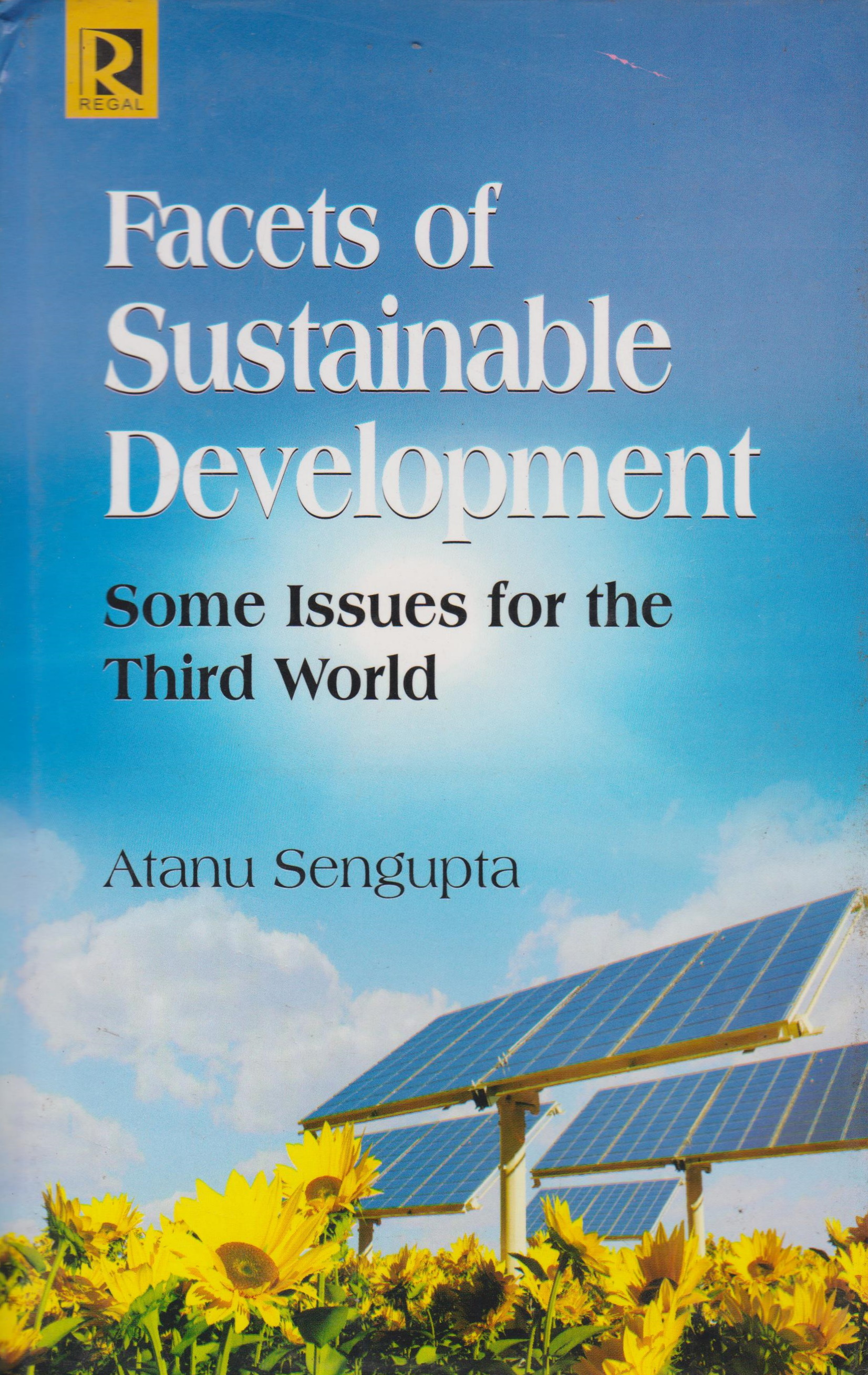Description
“Environment Management and Audit” is a comprehensive guide written by P. Mohana Rao and P. Sasi Bhushana Rao, aimed at providing insights into effective environmental management practices and conducting environmental audits. As environmental issues continue to escalate, it becomes crucial to understand how organizations can minimize their impact on the environment and achieve sustainable development. This book serves as a valuable resource for professionals, researchers, and students in the field of environmental management.
In this book, the authors delve into various aspects of environmental management and offer practical techniques for conducting environmental audits. They highlight the importance of integrating environmental considerations into organizational decision-making processes and provide a framework for evaluating and improving environmental performance. By combining theoretical concepts with real-life case studies, the authors provide readers with a comprehensive understanding of the subject matter.
The book begins by introducing the fundamental concepts of environmental management, including the significance of sustainable development and environmental laws and regulations. It explores the various components of an environmental management system, such as policy formulation, planning, implementation, and performance evaluation. The authors emphasize the importance of stakeholder engagement and discuss strategies for effective communication and collaboration.
The second part of the book focuses on environmental auditing, which is a vital tool for assessing an organization’s environmental performance. The authors provide a step-by-step approach to conducting environmental audits, including scoping, data collection, analysis, and reporting. They highlight the role of auditors in identifying non-compliance issues and recommending corrective measures. The book also covers emerging trends in environmental auditing, such as life cycle assessment and carbon footprint analysis.
“Environment Management and Audit” offers a thorough analysis of environmental management practices and their integration into organizational frameworks. The authors provide a balanced perspective by addressing the challenges faced by organizations in adopting environmentally responsible practices. They discuss the economic implications of environmental management and highlight the potential benefits, such as cost savings, improved reputation, and enhanced competitiveness.
One of the book’s strengths is its practical approach to environmental auditing. The authors provide detailed guidelines and checklists that readers can use to conduct audits effectively. They also discuss the importance of continuous improvement and monitoring environmental performance over time. The case studies presented in the book illustrate how environmental audits have helped organizations identify areas for improvement and implement sustainable practices.
In comparison to other books on environmental management, “Environment Management and Audit” stands out for its comprehensive coverage of both management practices and auditing techniques. While some books focus primarily on either management or auditing, this book successfully integrates both aspects, providing readers with a holistic understanding of the subject. The authors’ emphasis on practical implementation and the inclusion of case studies make it a valuable resource for professionals seeking to enhance their environmental management skills.
Throughout the book, several key themes emerge. One recurring theme is the need for organizations to adopt a proactive approach to environmental management rather than merely complying with regulations. The authors emphasize the importance of adopting sustainable practices that go beyond legal requirements. Another theme is the role of stakeholders in environmental decision-making. The book highlights the need for collaboration between organizations, government agencies, and communities to achieve meaningful environmental outcomes.
As a non-fiction book, “Environment Management and Audit” does not have fictional characters. However, the authors effectively present various case studies and real-life examples that serve as characters in illustrating different environmental management and auditing scenarios. These examples add depth to the book, allowing readers to relate to the challenges faced by organizations and the potential solutions implemented.
About the Authors:
P. Mohana Rao and P. Sasi Bhushana Rao are highly regarded experts in the field of environmental management and auditing. They have extensive experience in academia, research, and consulting, making them well-qualified to write this book. The author’s expertise shines through in their comprehensive understanding of the subject matter and their ability to present complex concepts in a clear and accessible manner.
The writing style of “Environment Management and Audit” is scholarly yet approachable. The authors explain technical concepts using straightforward language, making the book accessible to a wide range of readers, including students and professionals with varying levels of expertise. The book is well-organized, with clear headings and subheadings that aid in navigation. The inclusion of diagrams, tables, and examples further enhances the readability of the content.
What People Say About This Book:
“Environment Management and Audit” has received positive reviews from readers in the field of environmental management. Many readers appreciate the practicality of the book, noting that it provides actionable insights for implementing sustainable practices. The step-by-step approach to conducting environmental audits has been particularly praised for its clarity and usefulness. Readers also commend the authors for their comprehensive coverage of the subject matter and their ability to present complex concepts in an accessible manner.
- Comprehensive coverage of environmental management and auditing
- Practical guidance and checklists for conducting environmental audits
- Integration of theoretical concepts with real-life case studies
- Clear and accessible writing style
- Emphasis on stakeholder engagement and collaboration









Reviews
There are no reviews yet.